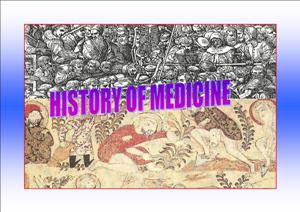World Fishing industry
About three quarters of global fish production is sued as food for humans. Much of the rats is processed into fishmeal, oil or fertilizer.
With an increasing percentage of fish going to the frozen and fresh markets, and the increasing requirement for high quality waste (secondary raw materials for by products), the attitude for the entire fishing industry is changing.
The fishing industry is composed of harvesting, processing and marketing segments, each with an associated infrastructure. This sequence must be started by the fisherman.
The expansion of deep ocean fishing has been driven by a number of factors, including technological developments in fishing boats, gear, processing and transportation.
The fishing activities expanded with development of technologies such as refrigeration, random communications, fish finders, satellites systems and so on.
The complex physical and biological environments, the difference in food requirements between many developed and developing nations, and the political relationships between nations complicate predications of these food resources and the ability to chart a course of action.
The highly nutritious protein foods from the sea and inland fresh waters do have an important place in feeding people. This impact can be increased tremendously through both harvesting and aquaculture operations.
One sign of pressure on commercial fishing is the growing number of harvesting restrictions being placed on species around the world.
Another factor is the growing consumer concern about pollution of ocean and fresh water resources. This strengthen aquaculture’s position as an alternate source of seafood.
Like all modern developments based on technology, the solution involves major financial investments, enlightened management and wise application of the technology.
Today, fishing is increasingly subject to government control. Regulation cover everything from limitations on fishing grounds and catches, or fishing quotas, to the types of gear that can be used.
World Fishing industry
With an increasing percentage of fish going to the frozen and fresh markets, and the increasing requirement for high quality waste (secondary raw materials for by products), the attitude for the entire fishing industry is changing.
The fishing industry is composed of harvesting, processing and marketing segments, each with an associated infrastructure. This sequence must be started by the fisherman.
The expansion of deep ocean fishing has been driven by a number of factors, including technological developments in fishing boats, gear, processing and transportation.
The fishing activities expanded with development of technologies such as refrigeration, random communications, fish finders, satellites systems and so on.
The complex physical and biological environments, the difference in food requirements between many developed and developing nations, and the political relationships between nations complicate predications of these food resources and the ability to chart a course of action.
The highly nutritious protein foods from the sea and inland fresh waters do have an important place in feeding people. This impact can be increased tremendously through both harvesting and aquaculture operations.
One sign of pressure on commercial fishing is the growing number of harvesting restrictions being placed on species around the world.
Another factor is the growing consumer concern about pollution of ocean and fresh water resources. This strengthen aquaculture’s position as an alternate source of seafood.
Like all modern developments based on technology, the solution involves major financial investments, enlightened management and wise application of the technology.
Today, fishing is increasingly subject to government control. Regulation cover everything from limitations on fishing grounds and catches, or fishing quotas, to the types of gear that can be used.
World Fishing industry








